Sewing Machines in Music, Art, & Film
Sewing Machine Techno Music, Salvador Dali's Sewing Machine Nightmare Paintings, Fiddler on the Roof, and More!
Since I began writing The Sewing Machine Newsletter, people have sent me a ton of different videos and pictures of sewing machine-related art. I’ve shared 5 of my favorites below, in no particular order, from sewing machine techno music to Salvador Dali sewing machine paintings.
I hope you enjoy.
-Cale
Sewing Machine Techno Music
Klangphonics are a three-piece techno band from Resenburg, Germany that produce and perform live electronic music.
Per their Youtube profile: “By using a combination of acoustic instruments and electronic elements, they bridge the gap between producer and live band. This results in a very natural, organic sound, whilst still retaining the energy associated with deep house and melodic techno.”
In the video below, they incorporate the sound of a sewing machine and fabric shears.
“So you wanna sew? Let’s go!”
Salvador Dali’s Sewing Machine Paintings
Salvador Dali (1904-1989) was a famous surrealist artist from Spain. I’m not an art aficionado, so in my mind I’ve always thought of him as the artist with the funny mustache who paints melting clocks and elephants with long skinny legs. I didn’t know this until recently, but he also painted a series of sewing machines— massive, frightening, disturbing sewing machines.
Dali has three works in particular that portray sewing machines in a horrifying light, which I’ve shared below. I don’t know what to make of them and would love to hear your interpretation in the comment section.
Allison King, textile artist
Here is the work of Canadian textile artist, Allison King, who makes photorealistic art using fabric and thread. I’ve linked you to her website and Instagram, where you can find more of her work and learn more about her creative process, which appears to involve a lot of free-motion sewing.
https://www.instagram.com/alisonkingart/?hl=en
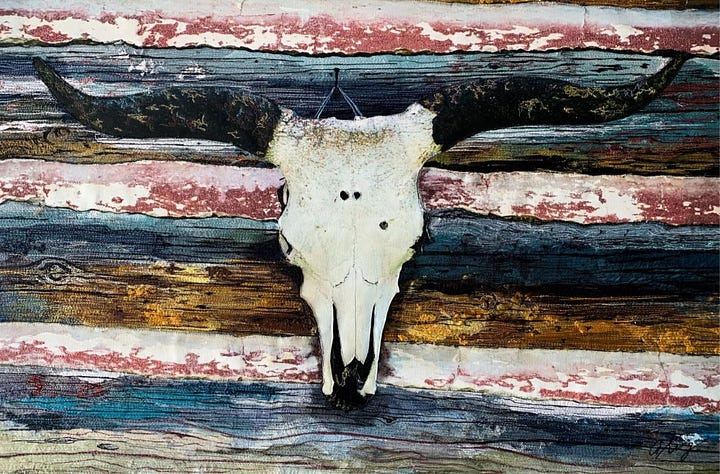
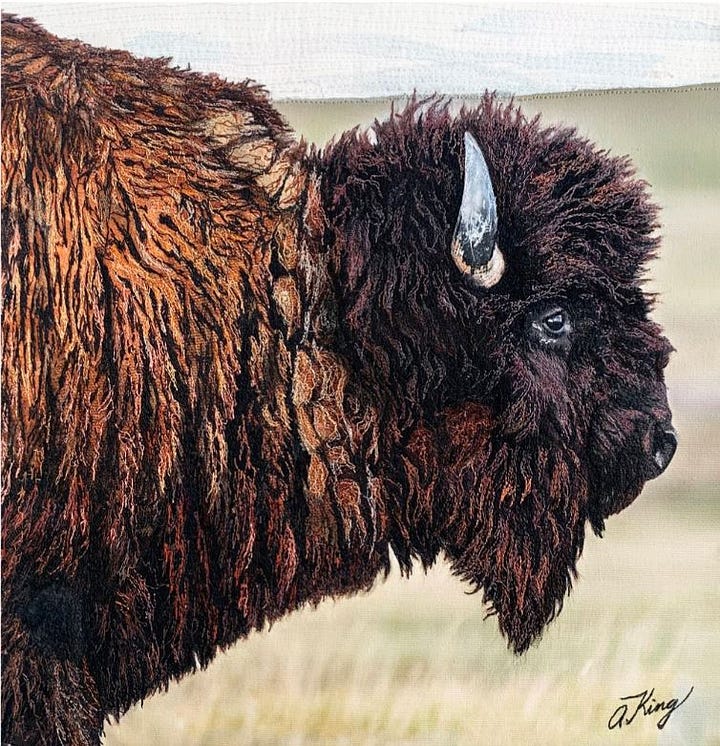


Amnon Lipkin, textile artist
A few months ago my Aunt Nancy sent me a link to the work of Amnon Lipkin, an artist and craftsman from Tel Aviv, Israel. Using a sewing machine, he creates “plush” everyday objects such as alarm clocks, musical instruments, scooters, televisions, and more. He also uses his machine to make “sewn sketches” of city skylines and other scenes.


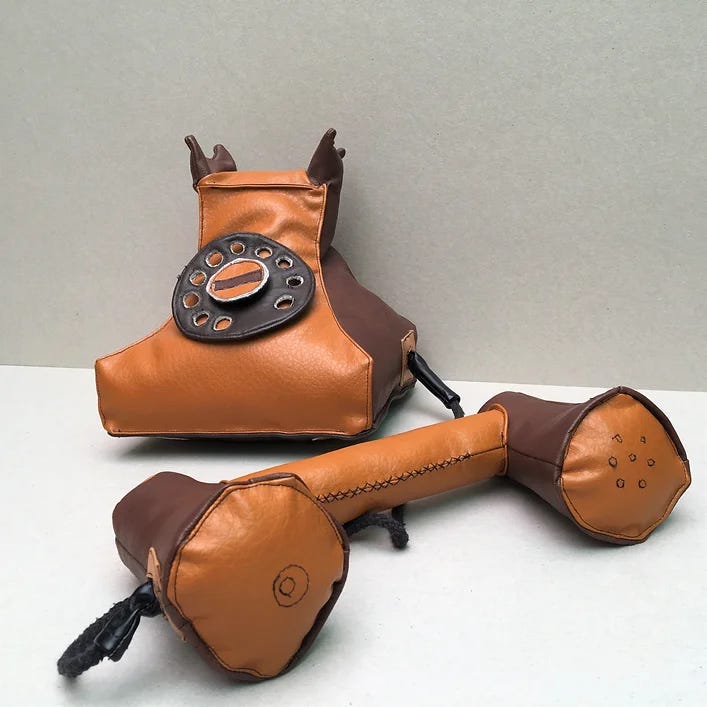

Fiddler on the Roof
In September of 2023, I wrote an article titled Sewing Machines in Cinema, where I list my 5 favorite instances of sewing machines being featured in film or television.
Many people who read that article told me that I forgot to include the sewing machine scene from Fiddler on the Roof, a film/musical that I had never seen before. Those people were correct. The sewing machine scene in that movie is awesome and definitely deserves to be in my top 5.
In reading more about the film, I came across an online forum that discussed this particular scene. I thought that the discussion was interesting and contained some history worth sharing.
Question:
In Fiddler on the Roof, the arrival of the village's first sewing machine is a big deal. Is that accurate to the time-period? Was the first sewing machine in town really cause for such excitement (in rural villages wherever)?
Answer:
Yes. Fiddler on the Roof is set around 1905. Sewing machines were invented about 50 years earlier. Singer started exporting sewing machines to Russia in 1865 and built a factory near Moscow in 1902. Here’s is a picture of a Russian-made Singer sewing machine:Was it a cause for excitement? Probably. Life in a small town today can be boring and monotonous. I’d think 100 years ago, it would have been even worse, so anything new would be cause for excitement.
You didn’t ask, but what is not believable is whether Motel the Tailor would have had the money. In the US, an average American may have had an annual income of around $500 and the machine sold for $125. A tailor in St Petersburg or Moscow had a shot at buying one and being able to pay it off. In rural Ukraine? Income would have been a lot less and in the little village of Anatevka, he would not have had enough customers to generate enough cash to pay for it. So the machine is appropriate to the time, but not the economic conditions.
Thank you for reading!
If you feel so inclined, please share this article with your sewing friends, or leave a comment in the comment section.




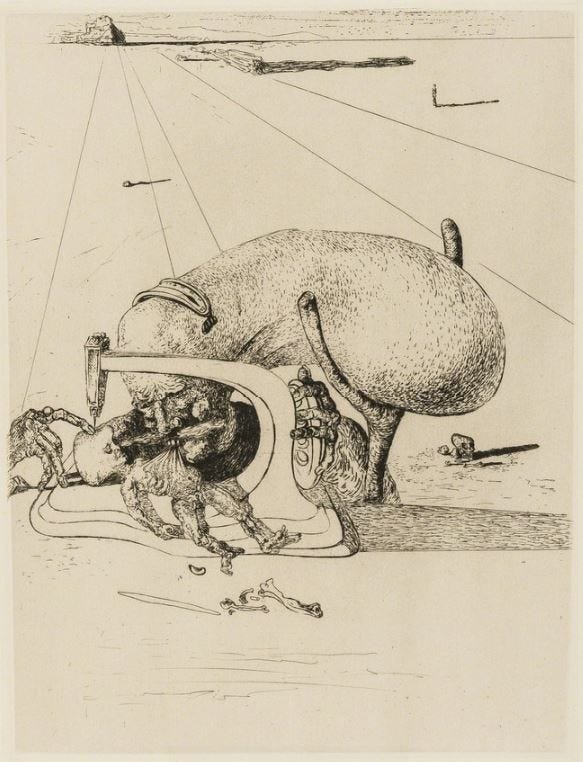


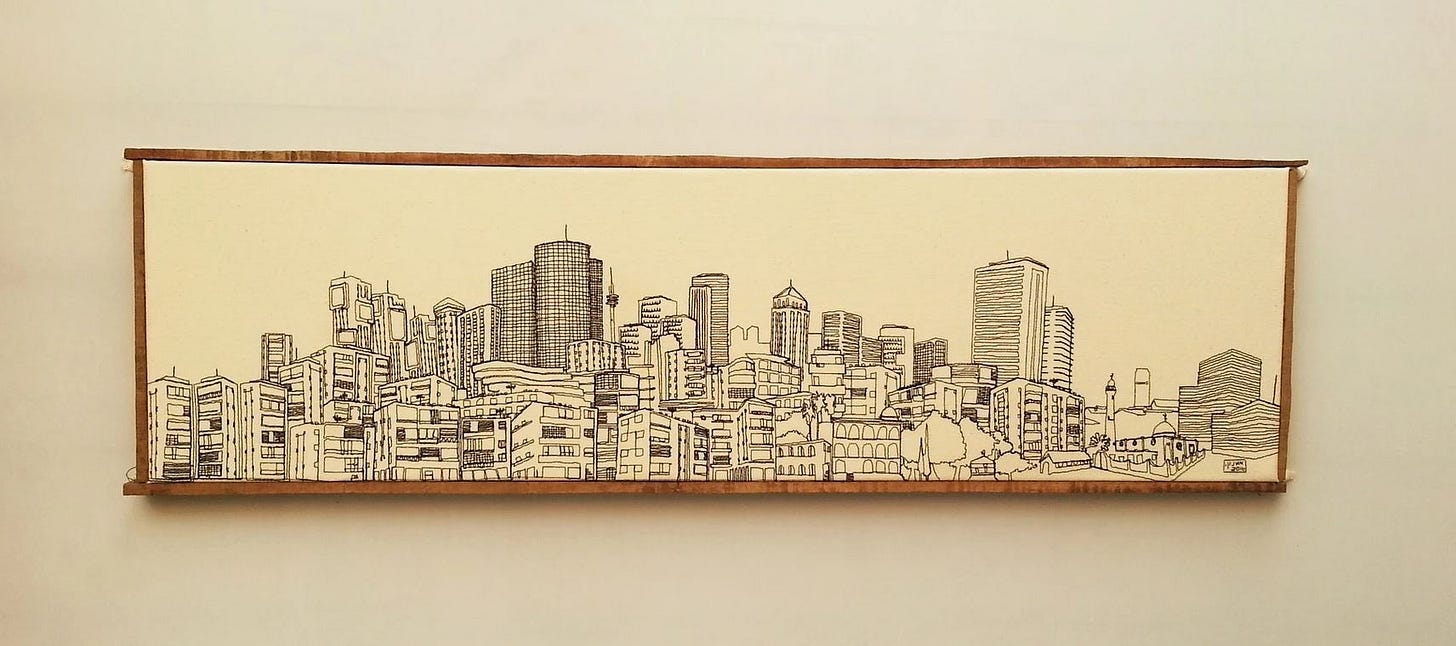



Your Aunt Nancy and Your Noni love the work you are doing Cale! Keep it up🥰💓💖
I love the sewing machine arrival scene in Fiddler on the Roof.